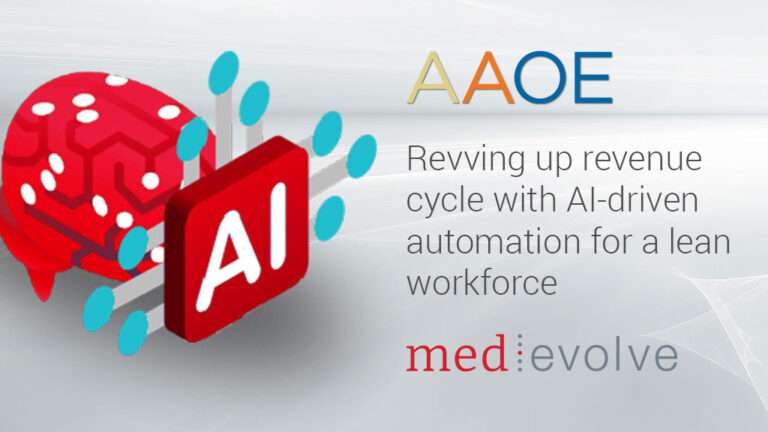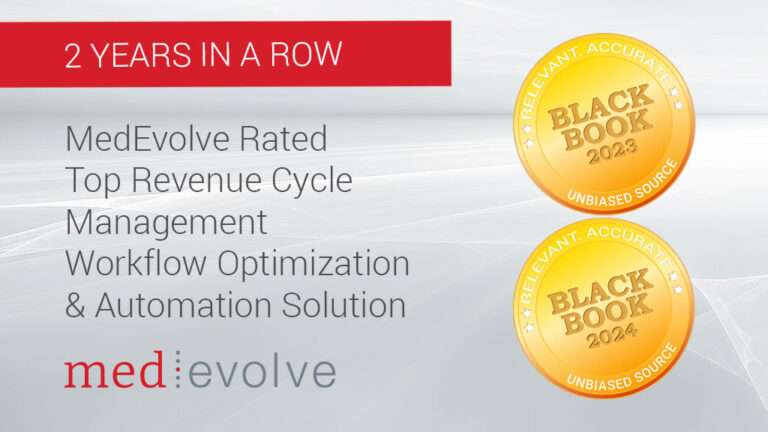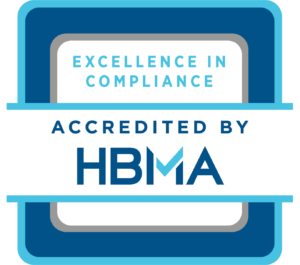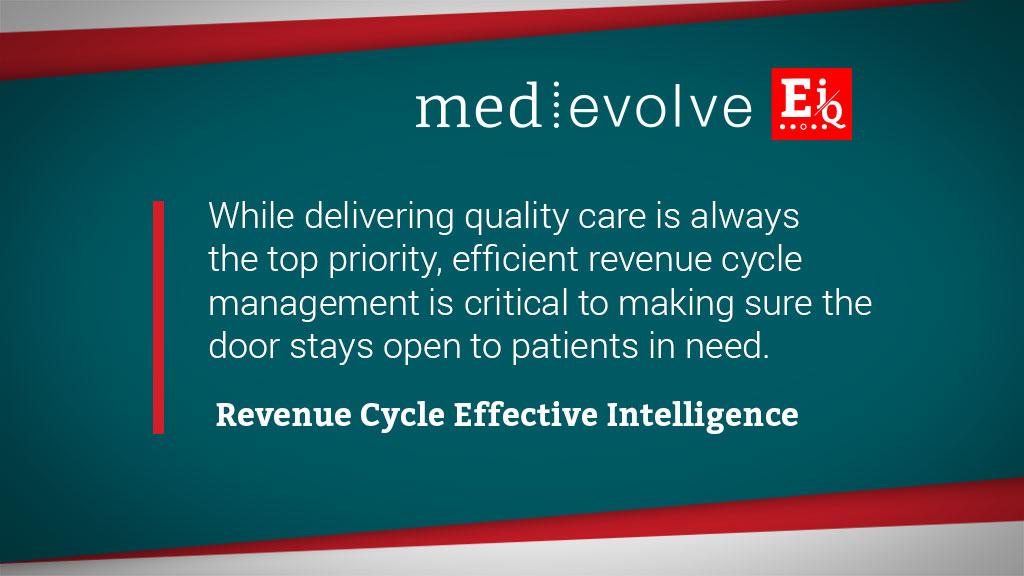
Efficient revenue cycle management is critical to making sure the door stays open to patients in need
Take advantage of technology
n an increasingly digital world, the healthcare industry risks falling behind the curve and running into manual complications when medical practices fail to adopt new technologies. There are numerous ways for practices to leverage technology, such as automating medical forms and simplifying payment processing with electronic admittance advice. Digital payments methods can also streamline processes through easy access to billing, balance inquiries and payment options.
According to the 2017 Digital Payment Progress Report from Medical Group Management Association, 77 percent of practices use paper billing, despite the fact that 52 percent of patients prefer electronic methods. By implementing electronic payment methods, private practices can cater to patient preferences, which increases the chances of collecting revenue.
Educate and train office staff
It’s important that office staff are prepared to answer patient questions about their insurance coverage, benefits and medical bills. This can expedite the process, rather than leaving patients confused when they leave the office. The American Medical Association (AMA) recommended providing front-end staff with scripts to not only offer them comfort and confidence when discussing financial obligations with patients, but to also instill uniform messaging across the practice.
Even with scripts for reference, practice staff should know how to read EOBs, ERAs, statements, patient ledgers and insurance documents with ease. Training should cover not only the knowledge practice staff need to acquire, but also the appropriate tone and language to use when communicating with patients.
Facilitate open communication between departments
Schedule weekly or monthly meetings to discuss the issues that departments are experiencing and brainstorm ways to mitigate them. Make sure all departments are present, as some of the problems may require collaboration to solve. For instance, the referrals and call center teams need to be on the same page to optimize their workflows. They should agree on the information the call center team needs to collect at the time of scheduling to ensure the referrals staff members have the data they need to properly authorize appointments.
Focus on point-of-service collections
The most effective way to simplify patient payment collection is to collect at the time of service. That way, office staff can speak with patients in person, ensuring they hear and respond to the important information rather than playing an endless game of phone tag after they leave the office. Plus, according to the Digital Payment Progress Report, 67 percent of patients pay in full when asked at the time of service. Thus, collecting payments in the office can increase practice cash flow and reduce the time, money and energy spent on accounts receivable and back-end collections. If possible, offer front-office collection incentives to office staff and patients, encouraging both parties to hold up their end of the bargain.
Set proactive point of sale goals
Introduce pre-collection calls
Verify patient information before appointments
Inaccurate or invalid patient information can cause time-consuming complications for payment collections. Healthcare practices can implement workflows that allow office staff to verify patient information prior to appointments. That information includes demographics, insurance eligibility, benefits, advance beneficiary notices, medical authorizations and credit card details to keep on file.
This verification can occur via phone call or online portal, but when it comes to authorization transactions, the AMA urged practices to adopt an automated process that allows physicians to complete these requirements simultaneous to electronic prescribing.
Communicate with patients
When patients understand their financial responsibility and all of the elements involved in the process, they are far less likely to ignore their bills. Health care practices can facilitate this understanding with easy, open communication with patients. Make sure patients understand what their insurance covers, how much they owe as well as how they can pay their bills.
It also helps to make this important information accessible for easy reference, offering patients handouts or online resources that define key terms, cover policies and address common points of confusion. Additionally, communicate with patients on the engaging platforms they already use, such as email or text message. If possible, provide bilingual communication services to cater to varying patient needs.
Price transparency is also a crucial way to connect with patients, giving them an opportunity to prepare for the bill. When they receive a cost estimate, 46 percent of patients are more likely to pay more of their bills up front, according to the 2018 Patient Payment Check-Up Survey Report conducted by HIMSS Analytics. The survey also reported that more than 30 percent of patients requested a cost estimate for their most recent office visit, a 25 percent increase from 2017. This suggests that a growing number of patients may be happy to see their practice be transparent about cost before they have to ask.
Streamline your efforts with revenue cycle management services
Comprehensive RCM services include billing and collection solutions, denial management and prevention, insurance claim scrubbing, patient payment solutions, payer management, patient account resolution and more. MedEvolve’s RCM services can help you easily stay ahead of revenue and profitability processes, complications and updates, allowing you to focus the majority of your energies on delivering quality care.
Patient Payment Strategies
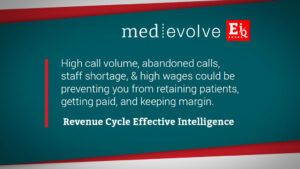
Should you outsource your patient call center?
High call volume, abandoned calls, staff shortage, & high wages could be preventing you from retaining patients, getting paid, keeping margin. Here are some points to consider when choosing a call center vendor.
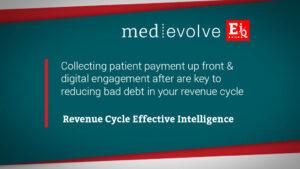
Reduce Bad Debt in the Revenue Cycle with Patient Financial Engagement Strategies
More patients than ever are on high deduction health plans & are responsible for payment of medical bills. MedEvolve can help collect balance with our digital engagement plus U.S.-based call center.
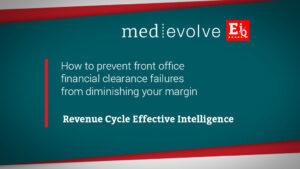
Patient Financial Clearance: Reduce Denials & Hold Front Office Staff Accountable
When I ask clients, “Are all the scheduled visits coming in for Monday cleared based on the six points I just told you?”, the answer is “I think so”, but “I think so” doesn’t work anymore. “I think so” gets you overstaffed. “I think so” gets your net collection rate to be far below benchmark, which is negatively impacting your profit margin.

Webinar: Early Patient Financial Engagement Strategies With MedEvolve & InstaMed
Healthcare organizations face unique challenges when collecting patient payments. Increased financial responsibility and limited interaction with patients before or during a visit can make it difficult to collect patient balances. The right tools and technology can help drive more payments and relieve the burden on smaller front and back-office teams to collect.

